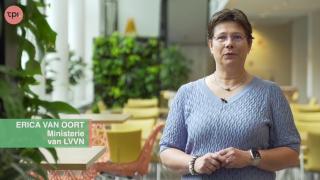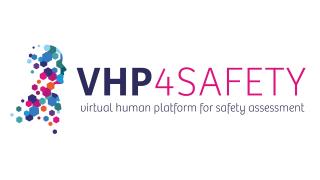Avatar Zoo - teaching animal anatomy using virtual reality
Animals are essential to train the next generation of scientists understand diseases and develop treatments for humans as well as animals. Therefore, animals are used for educational purposes. Technologies such as Virtual Reality and Augmented Reality can be employed to reduce the number of animals in the future. Prof. Dr. Daniela Salvatori is working on the development of 'Avatar Zoo' together with UMCU and IT. Live animals are replaced by holographic 3D in this flexible platform. With these holograms one is able to study the anatomical, physiological and pathological systems and processes of all kinds of animals.
Avatar Zoo won the Venture Challenge 2021 for the development of virtual reality models that can be used for anatomy classes and practical training.
New

Helpathon #12 – Can you help Erica?

The NAM Navigator: A unique repository for information on the validation and acceptance of New Approach Methodologies
